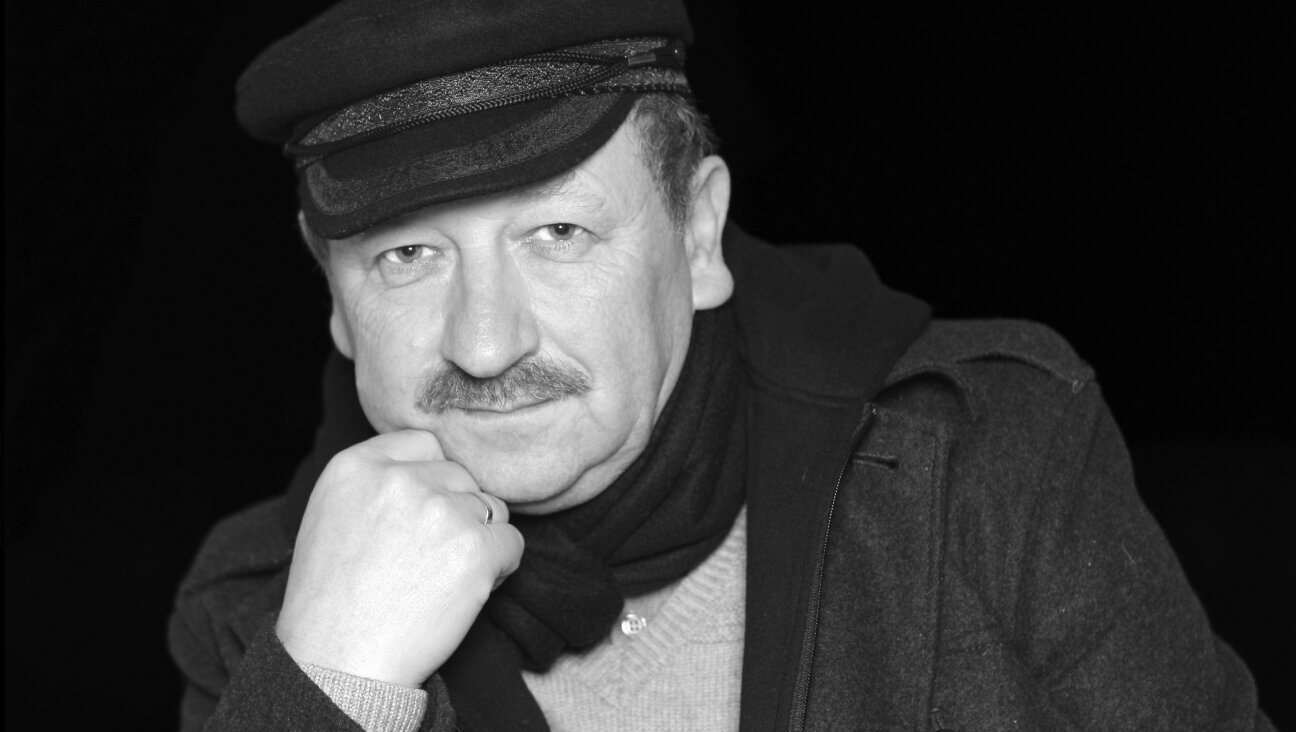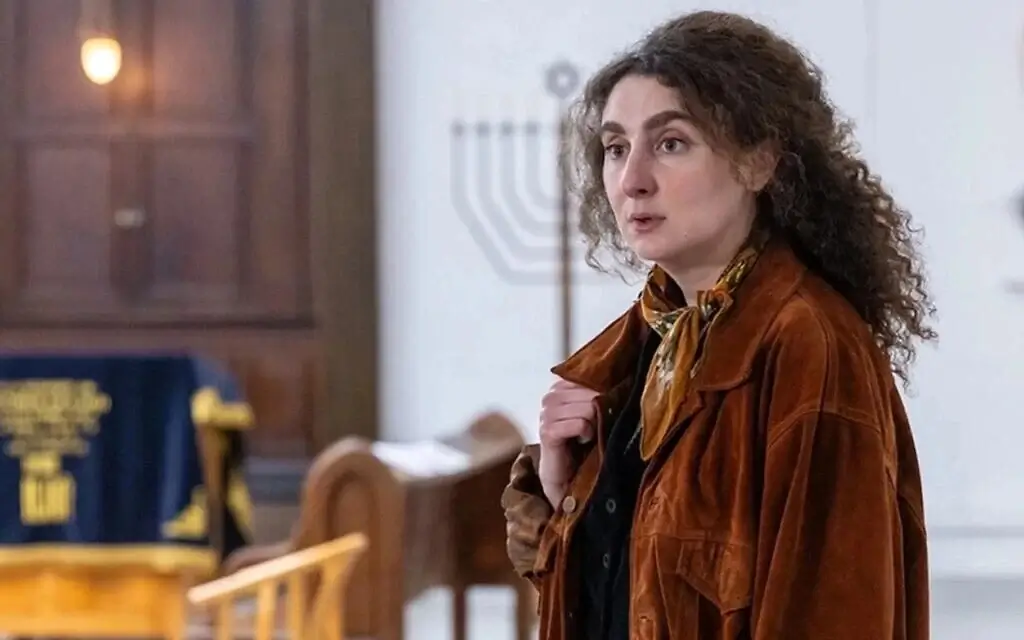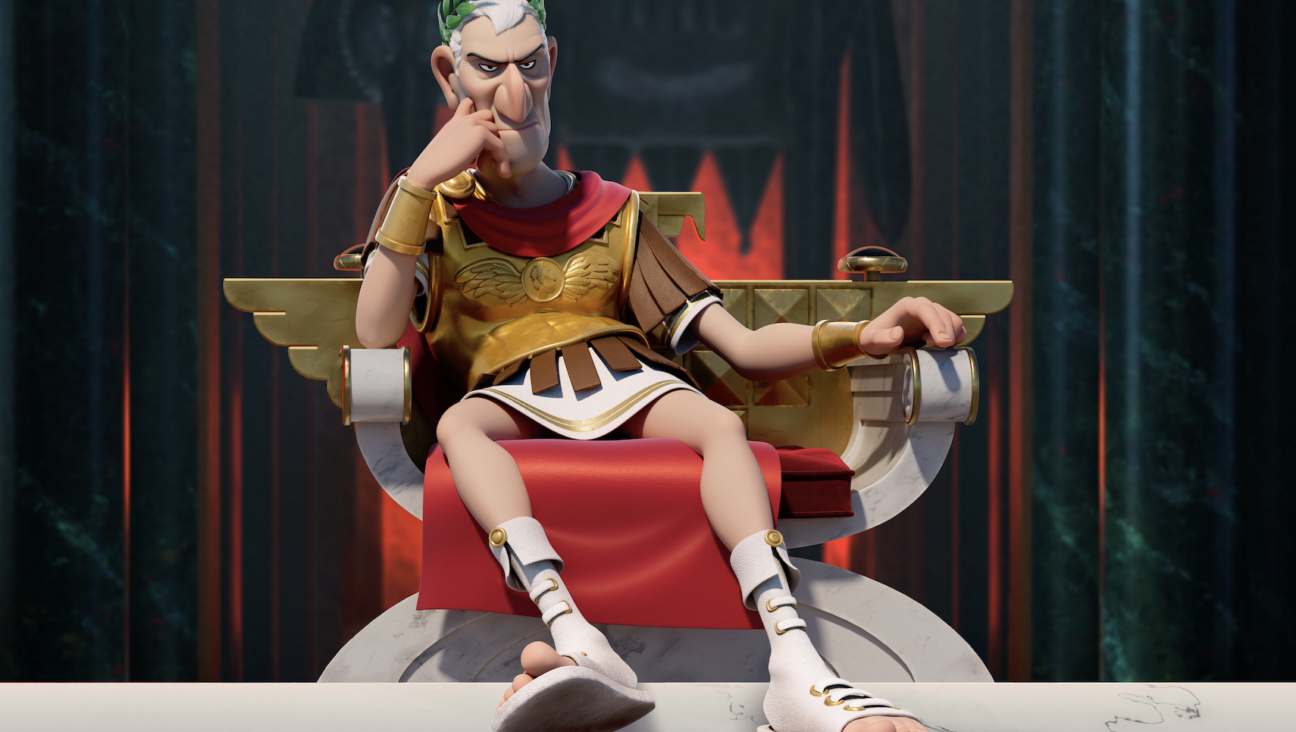Second Home

Although he never actually lived on Manhattan’s Lower East Side, for much of his life, Isaac Bashevis Singer visited almost daily, and the neighborhood became his “second home.” The relationship between writer and geographical muse is the focus of the exhibit Isaac Bashevis Singer and the Lower East Side, a series of nearly 40 images taken by photographer Bruce Davidson between 1957 and 1990, at the Jewish Museum in New York City from September 16 to February 3, 2008. The images were first shown in 2004 at the Mead Art Museum at Amherst College, and they were highlighted in a catalog that includes critical essays, an interview with Davidson and Singer’s story “The Beard.”
Known for his socially conscious photographs of East 100th Street in Harlem, New York City subways, and the civil rights era Freedom Rides, Davidson was naturally drawn to the denizens of the Lower East Side and began photographing them in 1957 — almost a decade before he met Singer. These early photographs, such as “Jewish Schoolboy and Girl With Doll,” reflect the immigrant’s nostalgia. Just as the young boy looks back at a girl as he runs, and she looks back at her doll, immigrants who fled Eastern Europe both before and after World War II were transfixed by their pasts.
Ironically, it was through Singer that Davidson encountered, and began to photograph, a more modern Lower East Side. The two artists met in 1965 when Davidson photographed Singer in his Upper West Side apartment. In 1972, after collaborating on “Isaac Singer’s Nightmare and Mrs. Pupko’s Beard,” a film based on Singer’s famous short story, Davidson began following Singer on his regular journeys to the Forverts’s offices at 175 East Broadway and then to the cafeterias where Singer wrote and, as Ilan Stavans described, “held court.”
Davidson’s Garden Cafeteria series, completed in 1973, grew out of these forays. While it was the cafeteria-goers’ “loneliness” that initially attracted Davidson, his “Garden” photographs — a cashier dancing the tango, men intently reading newspapers, two women giggling — convey a different reality: one of comfort, of home. Davidson’s 1990 series reveals the changing faces and increasing religious and ethnic diversity of Essex and Orchard Streets.
Like the residents of the Lower East Side, the portraits of Singer are also a study in contrasts. Davidson captures him in color and in black and white, but always in different shades: stubborn; excited; contemplative; incisive; distinguished in his well-appointed apartment, yet equally comfortable in the cafeteria with a spoonful of rice pudding in hand.







The Forward is free to read, but it isn’t free to produce

I hope you appreciated this article. Before you go, I’d like to ask you to please support the Forward.
Now more than ever, American Jews need independent news they can trust, with reporting driven by truth, not ideology. We serve you, not any ideological agenda.
At a time when other newsrooms are closing or cutting back, the Forward has removed its paywall and invested additional resources to report on the ground from Israel and around the U.S. on the impact of the war, rising antisemitism and polarized discourse.
This is a great time to support independent Jewish journalism you rely on. Make a gift today!
— Rachel Fishman Feddersen, Publisher and CEO
Support our mission to tell the Jewish story fully and fairly.
Most Popular
- 1

News School Israel trip turns ‘terrifying’ for LA students attacked by Israeli teens
- 2

Culture Cardinals are Catholic, not Jewish — so why do they all wear yarmulkes?
- 3

Fast Forward Why the Antisemitism Awareness Act now has a religious liberty clause to protect ‘Jews killed Jesus’ statements
- 4

Fast Forward Ye debuts ‘Heil Hitler’ music video that includes a sample of a Hitler speech
In Case You Missed It
-

Yiddish קאָנצערט לכּבֿוד דעם ייִדישן שרײַבער און רעדאַקטאָר באָריס סאַנדלערConcert honoring Yiddish writer and editor Boris Sandler
דער בעל־שׂימחה האָט יאָרן לאַנג געדינט ווי דער רעדאַקטאָר פֿונעם ייִדישן פֿאָרווערטס.
-

Fast Forward Trump’s new pick for surgeon general blames the Nazis for pesticides on our food
-

Fast Forward Jewish feud over Trump escalates with open letter in The New York Times
-

Fast Forward First American pope, Leo XIV, studied under a leader in Jewish-Catholic relations
-
Shop the Forward Store
100% of profits support our journalism
Republish This Story
Please read before republishing
We’re happy to make this story available to republish for free, unless it originated with JTA, Haaretz or another publication (as indicated on the article) and as long as you follow our guidelines.
You must comply with the following:
- Credit the Forward
- Retain our pixel
- Preserve our canonical link in Google search
- Add a noindex tag in Google search
See our full guidelines for more information, and this guide for detail about canonical URLs.
To republish, copy the HTML by clicking on the yellow button to the right; it includes our tracking pixel, all paragraph styles and hyperlinks, the author byline and credit to the Forward. It does not include images; to avoid copyright violations, you must add them manually, following our guidelines. Please email us at [email protected], subject line “republish,” with any questions or to let us know what stories you’re picking up.















